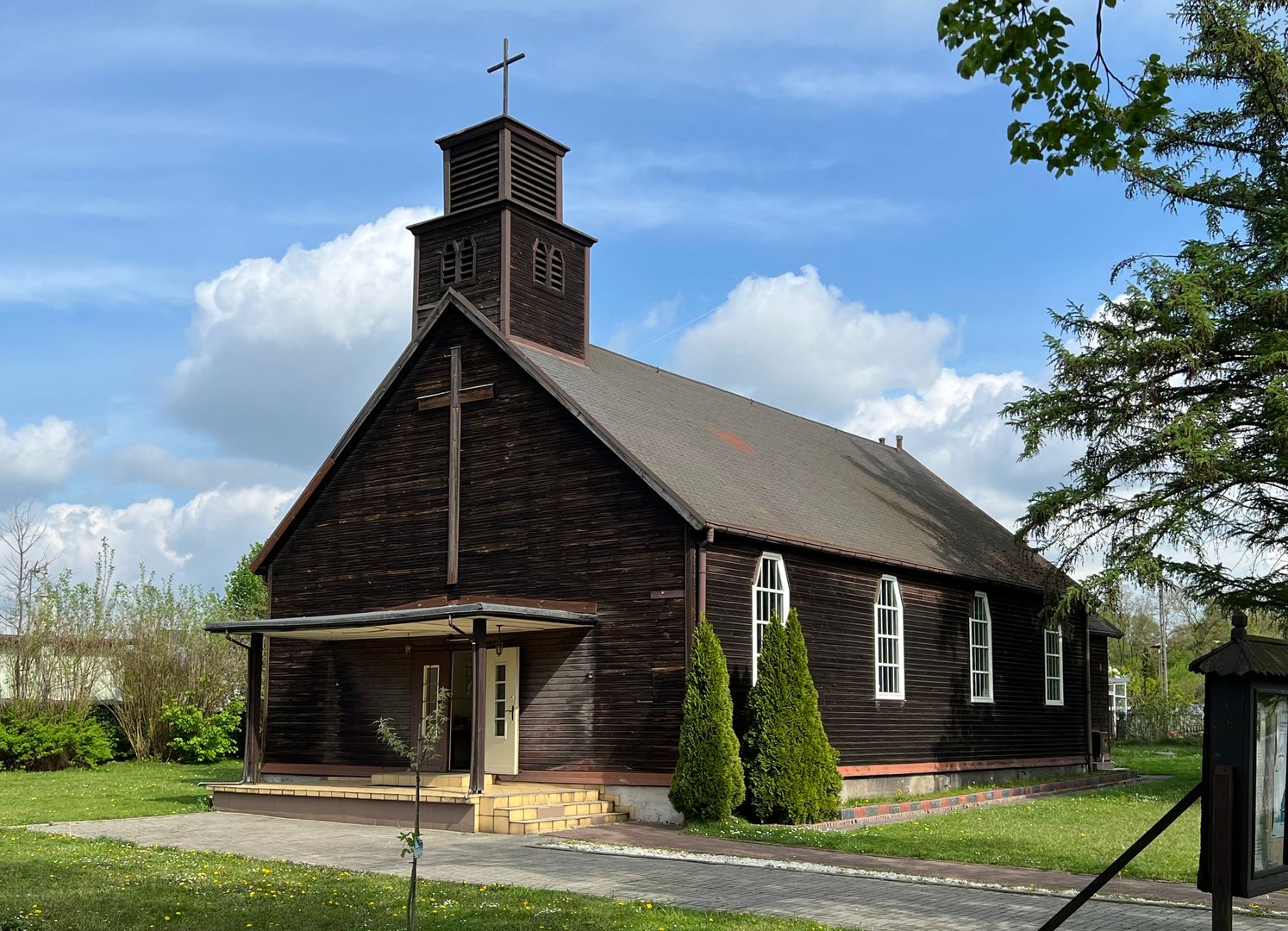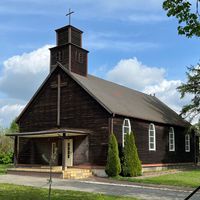Mikulczyce
7.01

Overview
Mikulczyce, until 1951 an independent rural commune, is now a district of Zabrze. Its name, derived from the name Nicholas, has Slavic roots and was Germanized in the 20th century to Mikultschütz. It is worth noting that documents confirming the existence of the settlement date back to 1306, and archaeological research suggests that the village may have been established as early as the 12th century. Mikulczyce was historically under the administration of the Kraków diocese, and in the 16th century it became an important place for local Christians, with the new Church of St. Lawrence attracting pilgrims. After World War II, coal mining began at the Abwehrgrube mine in Mikulczyce, contributing to the development of the region. The culture of Mikulczyce is represented by various educational institutions, such as primary schools and kindergartens, as well as cultural activities, including the Resonans Con Tutti choir and the folk ensemble DZPiT "Mikulczyce". The district features several historical monuments, including the town hall, the Church of St. Lawrence, the Church of St. Teresa, and historical buildings related to mining. Mikulczyce, once the largest village in the Reich, with a rich architectural and cultural heritage, remains an important point on the map of Zabrze, where tradition meets modernity.
Location
Tickets
Powered by GetYourGuide
You can also find here:
2025 Wizytor | All Rights Reserved
